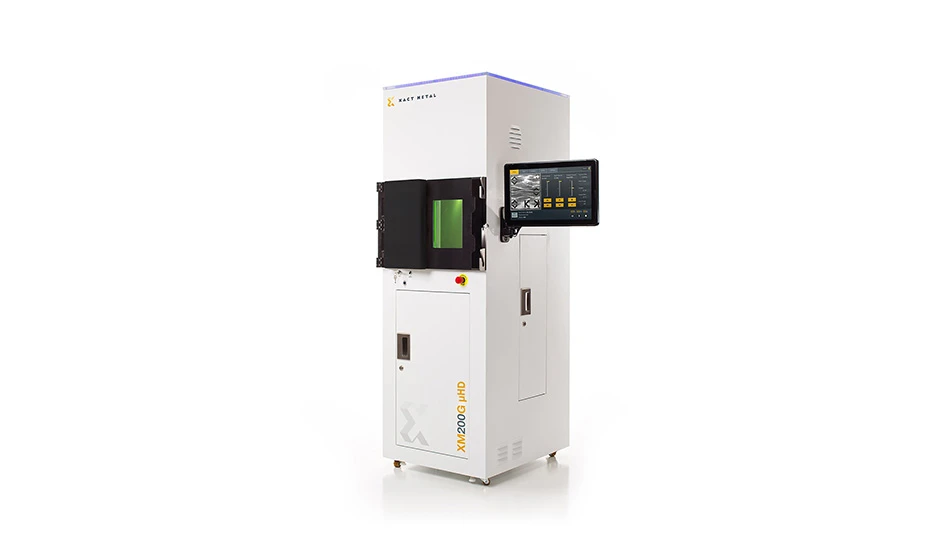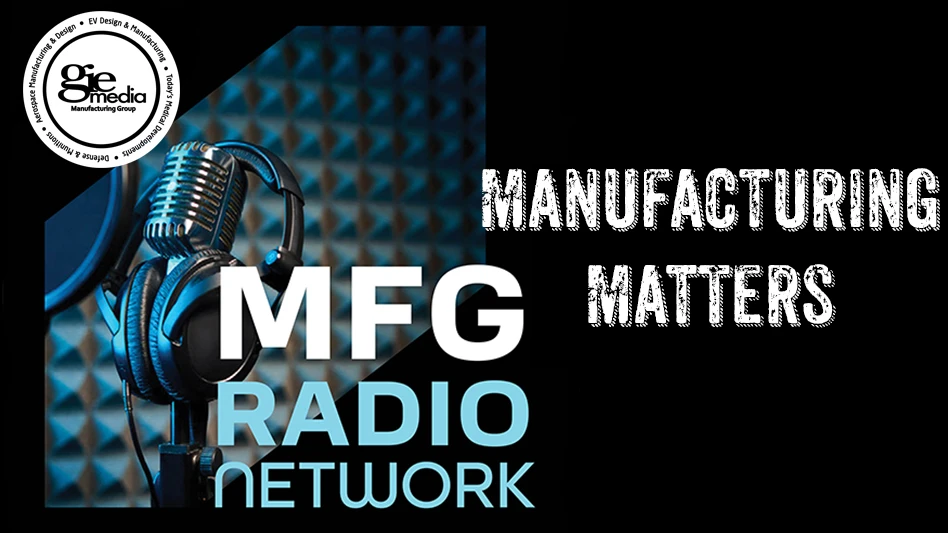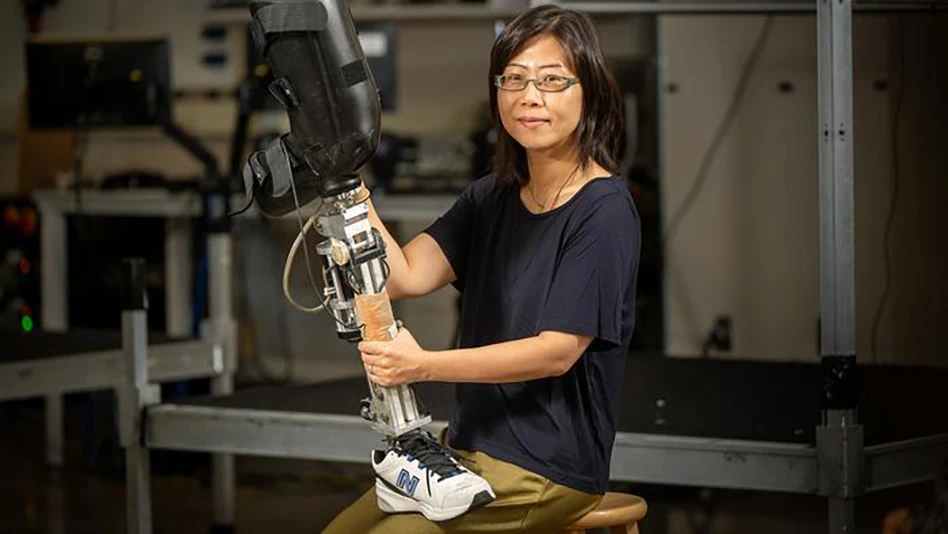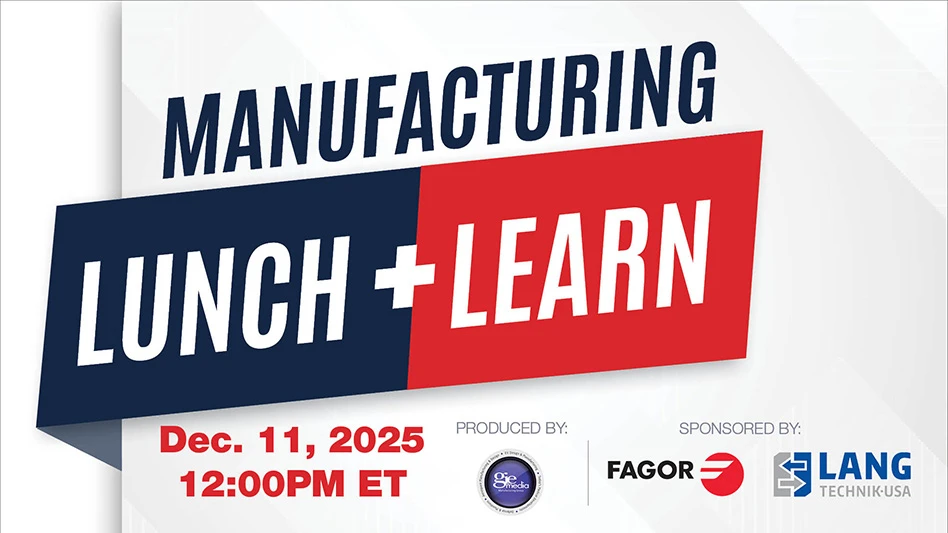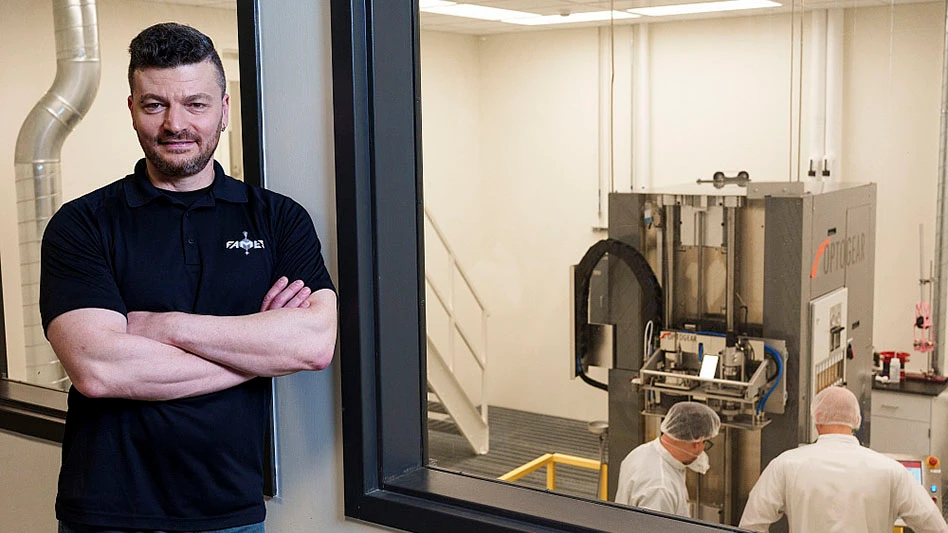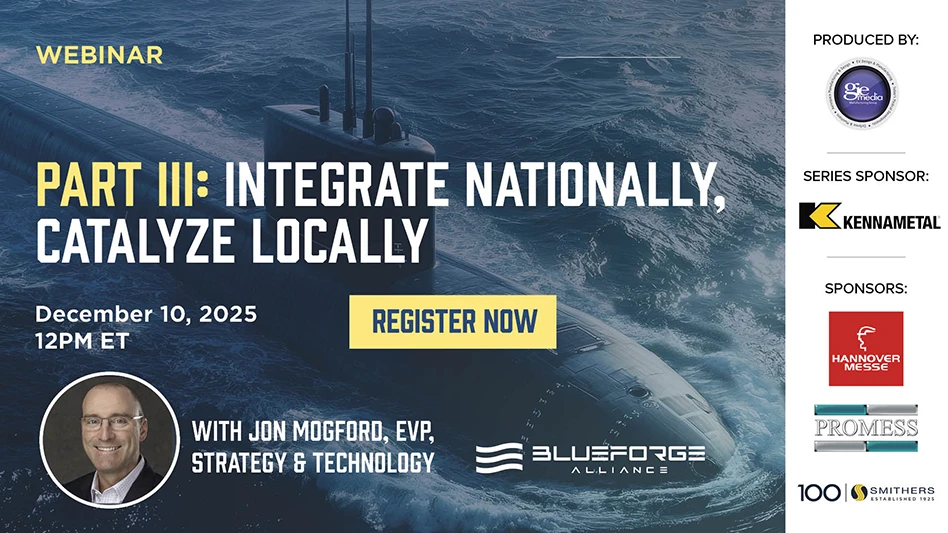
MOLDED RUBBER AND PLASTIC CORPORATION (MRPC) WAS FOUNDED IN 1921 AS THE UNBREAKABLE BUTTON COMPANY. OVER THE YEARS, THE COMPANY HAS USED ENGINEERING DEVELOPMENTS TO PAVE THEIR WAY INTO THE MEDICAL DEVICE COMPONENTS AND ASSEMBLIES MARKETS.
How does a company move from designing and manufacturing innovations that were revolutionary in the early 20th century to being competitive in today's highly technical, fast-to-market field of medical device engineering? MRPC's vision and determination to understand new markets has opened the door into medical device manufacturing using silicones, thermoplastics and customized elastomers. By doing this, the company has been able to solve clients' toughest design challenges and to anticipate market trends.
MRPC determines their investments based on projections and customer demand. This business acumen is what led the company into laser production. MRPC broke into the field of lasers about six years ago, as the demand for smaller parts and components continued lending itself to laser applications. Making a name for themselves in these areas allows them to offer ideal production methods for long-life cycles, biocompatibility, secondary applications and microscopic precision.




From left to right: 1) Fabric reinforced rubber seal with a .012 diameter laser machined hole. 2) Silicone diaphragm part used in medical respirator equipment. The silicone material is over-molded onto an injection molded plastic disc. 3) Polyisoprene material over-molded onto a plastic substrate. 4) Silicone material that is over-molded onto a plastic substrate.
MRPC's laser division specializes in laser fabrication. They utilize CO2 to fabricate precise openings and to finish components for flash removal. This ensures no distortion, even in elastomers. The company can make prototypes through programming location and feature size.
Greg Riemer, V.P. Business Development at MRPC says that the way in which his company uses lasers differs from most others. "Our lasers are used as a secondary process to enhance our primary capabilities," explains Riemer. He elaborates on the two procedures performed by the MRPC's lasers. The first is creating new features on a part, after it has been molded. MRPC's laser can produce holes as small as 0.004 in. The second capability is flash removal, which is removing excess material on the parting line. "Simply, our laser burns features off, removes material," says Riemer.
Possible machined configurations create openings, slots and circles. Cylindrical pieces such as metal or plastic rods can be deflashed or machined with finite accuracy, without lateral damage to the substrate. MRPC is able to place an extremely difficult feature into parts, extrusion or slab; this technology offers a rapid alternative to more costly and time consuming processes. Riemer says that cardiac rhythm based on miniaturization serves the greatest demand for laser work within the medical markets.

Explore the July 2007 Issue
Check out more from this issue and find your next story to read.
Latest from Today's Medical Developments
- GrindingHub Americas launches in 2027 in Cincinnati, Ohio
- Methods Machine Tools now offers the Nakamura-Tome NT-Flex
- Battelle awards $900,000 in STEM education grants to Ohio schools
- #55 Lunch + Learn Podcast with KINEXON
- Starrett and Gerstner offer limited edition, American made 1950s replica wooden machinist tool chests
- EMCO’s UNIVERSALTURN 50: The new benchmark in universal turning
- Archetype's Expertise for Equity accelerates early-stage innovation
- Stratasys expands its AM solutions with Tritone's cutting-edge technology
